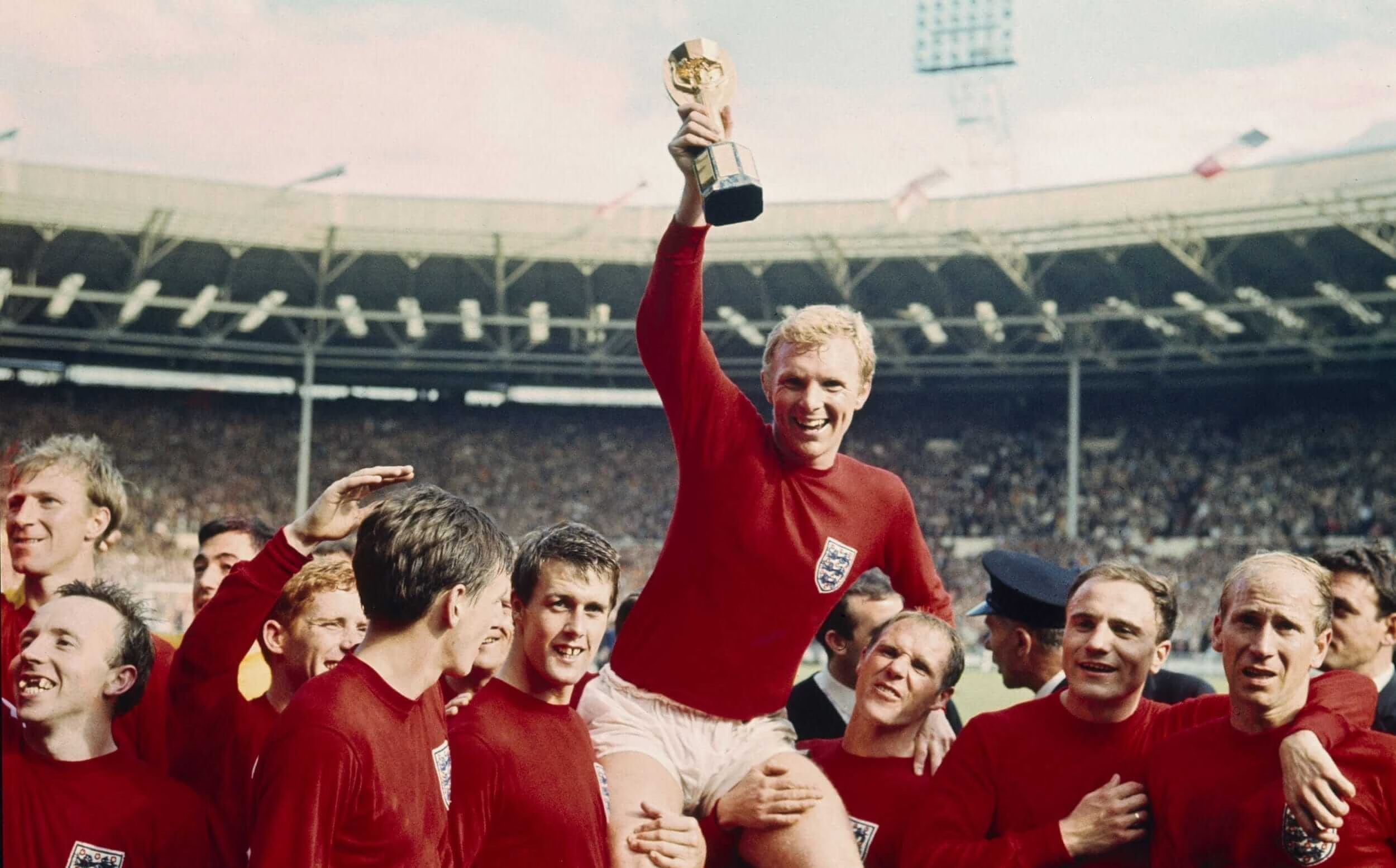The FIFA World Cup, a global spectacle that captivates billions, is not merely a tournament of nations, but a tapestry woven with moments of sublime brilliance – the breathtaking goals that transcend the ordinary and become etched in the annals of sporting history. This journey delves into some of the most iconic goals scored in World Cup history, analyzing their impact and exploring the narratives that surround them.
1. Pelé vs. Sweden (1958): At just 17, Pelé announced his arrival on the world stage with a stunning solo effort against Sweden in the 1958 quarter-finals. Dribbling past multiple defenders with mesmerizing agility and finishing with a powerful header, Pelé showcased a precocious talent that would define an era. This goal, a symbol of youthful exuberance and unparalleled skill, remains one of the most iconic in World Cup history.
2. Diego Maradona vs. England (1986): The 1986 World Cup witnessed one of the most controversial and celebrated goals in football history. Maradona’s “Hand of God” goal, controversially scored with his hand, was followed by a mesmerizing solo run, leaving five English defenders in his wake before slotting the ball past Peter Shilton. This display of individual brilliance, a blend of audacity and sheer skill, cemented Maradona’s status as a footballing legend.
3. Marco van Basten vs. USSR (1988): While not a World Cup goal, Marco van Basten’s iconic volley in the 1988 European Championship final against the Soviet Union deserves a place in this pantheon. The sheer power, precision, and acrobatic grace of the strike left spectators and commentators in awe. This goal serves as a testament to the extraordinary athleticism and artistic expression that football can inspire.
4. Roberto Baggio vs. Nigeria (1994): The 1994 World Cup final saw a penalty shootout between Brazil and Italy. Roberto Baggio, Italy’s star striker, stepped up to take the decisive penalty, but his shot sailed high over the crossbar. This heartbreaking moment, while a personal tragedy for Baggio, remains a poignant reminder of the intense pressure and emotional rollercoaster that accompanies a World Cup final.
5. Zinedine Zidane vs. Brazil (2006): Zinedine Zidane’s masterful header in the 2006 World Cup final against Brazil will forever be etched in the memories of football fans. The delicate touch, the perfect timing, and the sheer power of the strike produced a goal of breathtaking beauty. This iconic moment, however, was overshadowed by Zidane’s infamous headbutt on Marco Materazzi later in the match, highlighting the contrasting emotions that can define a World Cup final.
6. Andrés Iniesta vs. Netherlands (2010): In extra time of the 2010 World Cup final, Andrés Iniesta scored the winning goal for Spain, silencing a vociferous Dutch crowd and sparking jubilant celebrations among Spanish fans. This goal, a moment of pure elation and national triumph, secured Spain’s first-ever World Cup title and cemented their place in footballing history.
7. James Rodríguez vs. Uruguay (2014): James Rodríguez’s stunning volley against Uruguay in the 2014 Round of 16 remains one of the most aesthetically pleasing goals in World Cup history. The acrobatic technique, the perfect connection, and the sheer distance of the strike left spectators in awe. This goal showcased the incredible athleticism and artistic expression that can be achieved on the football pitch.
These iconic goals, each with its own unique narrative and historical significance, represent the pinnacle of human achievement in football. They serve as a reminder of the sport’s power to inspire, entertain, and unite, leaving an enduring legacy that will continue to captivate generations of fans.
Beyond the individual brilliance, these goals also reflect the cultural and historical context of their time. They are a testament to the evolving landscape of football, from the early days of individual artistry to the modern era of tactical sophistication. As the World Cup continues to evolve, it is inevitable that new iconic goals will be scored, adding to the rich tapestry of this global phenomenon.

Leave a Reply